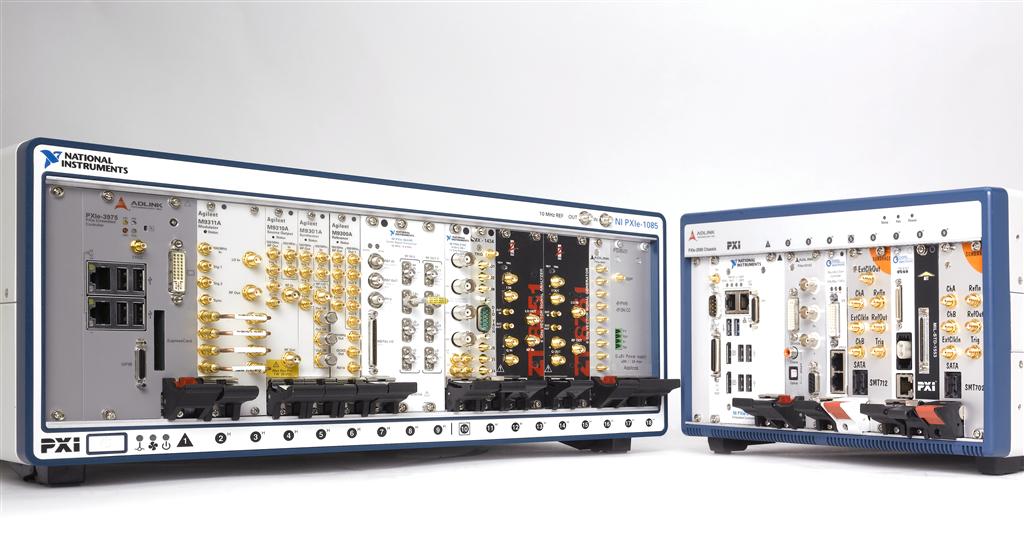Description
The National Instruments GPIB-1014 is an interface specifically designed for VMEbus systems, providing a critical communication link between GPIB and VMEbus systems. Manufactured by the renowned National Instruments, this interface enables a personal computer to serve in various capacities such as a controller, talker, or listener, enhancing its versatility in system setups.
Adhering to the IEEE-1014 (GPIB), VMEbus specifications, and IEEE-488 standards, the GPIB-1014 boasts compatibility with a broad range of industry protocols. It is available in two distinct models, with part numbers 776059-01 (GPIB-1014-1) and 776060-01 (GPIB-1014-2); the primary distinction being that the GPIB-1014-1 features a GPIB port on its front panel, whereas the GPIB-1014-2 does not.
High-speed data transfer is achievable with the GPIB-1014, supporting rates of over 500 kbytes/s. The device operates on a +5 VDC supply voltage level and requires a maximum current of 2.0 A. Designed for easy installation on the backplane of the VMEbus, it offers user-friendly configuration options, including access mode, base address, and DMA address modifier, all of which are software selectable for added convenience.
To ensure a seamless interface, the P1 and P2 connectors of the VMEbus are utilized, establishing a reliable connection between the GPIB-1014 and the VMEbus system. This long description highlights the key features and specifications that make the National Instruments GPIB-1014 an essential component for integrating GPIB and VMEbus systems.
| Specification | Detail |
|---|---|
| Product Name | National Instruments GPIB-1014 GPIB Interface for VMEbus |
| Manufacturer | National Instruments |
| Role | Communication media for GPIB and VMEbus systems |
| Usage | Allows a personal computer to function as a controller, talker, or listener |
| Standards | IEEE-1014 (GPIB), VMEbus specifications, IEEE-488 |
| Part Numbers | 776059-01 (GPIB-1014-1), 776060-01 (GPIB-1014-2) |
| Front GPIB Port | GPIB-1014-1: Yes, GPIB-1014-2: No |
| Transfer Rate | Over 500 kbytes/s |
| Supply Voltage Level | +5 VDC |
| Maximum Current Requirement | 2.0 A |
| Installation | Backplane of the VMEbus |
| Configuration Options | Access mode, base address, DMA address modifier |
| Configuration Parameters | Software selectable |
| Interfacing Connectors | P1 and P2 connectors |


